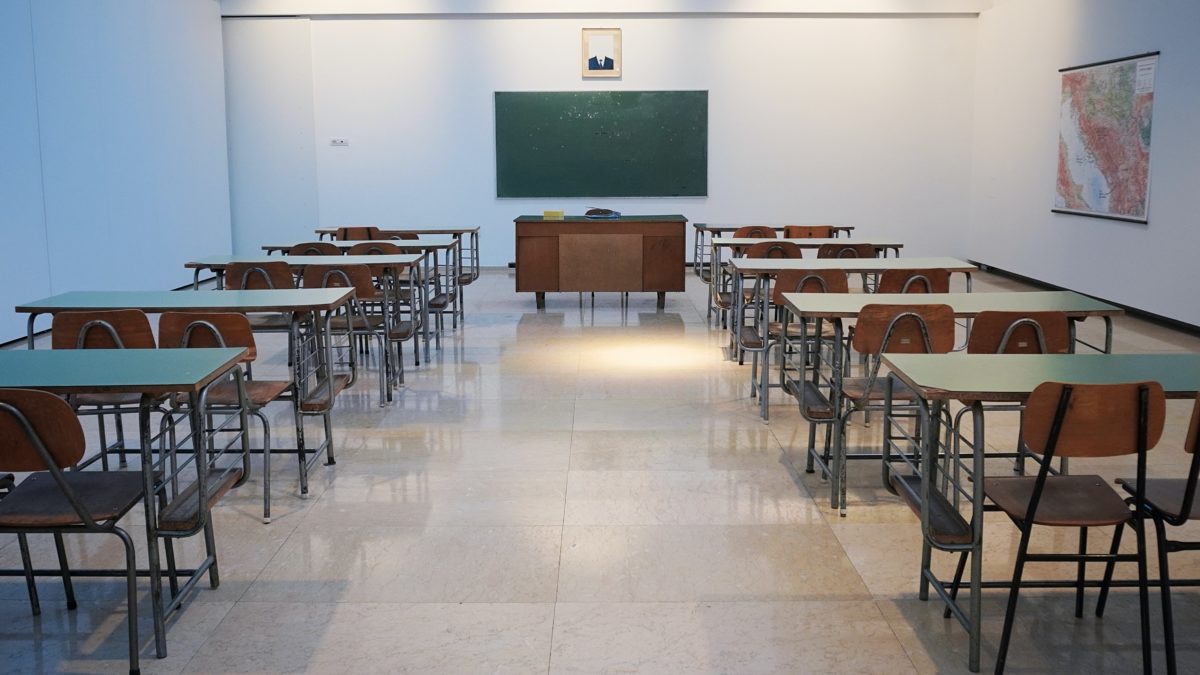7/2/2020
Remote learning just isn’t the same. Ask any college student, or really any student who’s old enough to articulate their thoughts and has in person schooling to compare it to, and it’s very likely they’ll say some variant of this phrase. Over 55 million students in K-12 alone have transitioned to online classrooms since the COVID-19 pandemic began in the United States, and despite the incredible capabilities of the technology that has facilitated this transition, from Google Classroom to Zoom, it is not enough to fix the plethora of problems that students, parents, and teachers must now contend with.
For teachers, they must somehow adapt their classes to online learning, even when it might be almost impossible due to the material covered. How can a college theater professor stage plays over video call? How can a chemistry TA teach without access to a lab? How can a music professor conduct an orchestra when everyone’s sound feed keeps lagging? Any course that requires a highly social aspect or any kind of specialized equipment or space is basically unadaptable to remote instruction without cutting out the essence of it. And younger students may not have to worry about such topic-specific classes, but imagine trying to teach 35 first graders remotely from your living room. It’s unprecedented.
For those younger children especially, there are additional difficulties created by distanced education, particularly in the social realm. Socializing and playing are very important for the development of emotional and social intelligence in children; both of these are restricted when class is on the computer and there is no such thing as recess. Teachers have also had a hard time making remote instruction personalized, something that’s important for young students, who tend to have the attention span of a goldfish; personalizing lessons then becomes a task foisted upon parents, many of whom are likely trying to work remotely themselves. And of course, many homes are not good environments for learning: distractions abound, from pets, to siblings, to toys, to TV, to unrestricted internet access because Mom’s too busy working from home to monitor the computer all day. These factors add up to the estimate that students in grades 3-8, at least, will only make 70% of reading gains and 50% of math gains this year, in comparison to a normal, in-person school year. It seems fair to assume that a similar disparity will hold true if online schooling continues (although one can hope that teachers who have had the summer to prepare might be able to adapt material better than when they were suddenly confronted with the switch to remote learning).
Everything mentioned above are problems for probably every student, but the situation is even worse for students who are disadvantaged or low-income. On average, those students get less help from their parents with schoolwork and are less likely to have a computer, good internet, a desk, or a quiet place to study than their peers. A teacher in Baltimore, for example, told the NY Times that over 80% of her students are from low-income families and only 25% of them have a computer at home — how, then, is remote learning meant to be effective, when even places like libraries where students can normally use computers for free are closed? Because of issues like these, COVID-induced remote learning is widening the already significant achievement gapbetween students with higher and lower socioeconomic statuses.
So what is the solution here? Simply returning to in-person schooling would solve these problems, but the risks are great. While K-12 and college students are less likely to die from the virus, it can still happen, and COVID-19 has nasty lasting effects even if an infected person does survive their brush with it. Plus, students don’t exist in a bubble — their families and other people they come into contact with, like teachers or relatives (especially grandparents), are more likely to be seriously affected by COVID. Without a sure vaccine, and with the recent news that immunity for people who’ve caught the virus and survived lasts only a few months, it’s hard to know when, if ever, it will be entirely risk-free to resume in-person education. So we have to ask: how much is an in-person education worth? And how do we measure loss of life against loss of learning?

